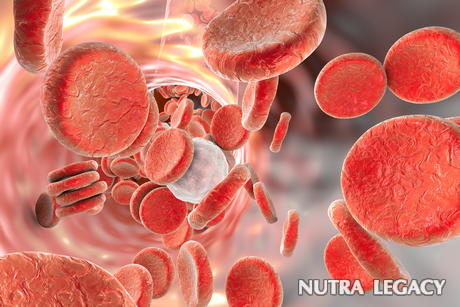Treatment for Polycythemia – 5 Methods
Polycythemia Vera (PV for short) is a very serious illness, and if not treated, it may cause death. Unfortunately, PV cannot be cured, as it is a chronic condition. However, it is possible to get treatment for polycythemia, which will ensure a relatively normal life for those who suffer from the disease.

Polycythemia Vera treatment entails decreasing the number of red blood cells. Basically, with Polycythemia Vera treatment therapy, the blood thickness is reduced in order to prevent clotting and bleeding. What the treatment for polycythemia does is reduce the symptoms of the disease, or, in some cases, even eliminate them. Polycythemia Vera treatment therapy will not cure the disease, but the probability of complications (like blood clot formation) is drastically reduced this way.
The following is a list of the possible Polycythemia Vera treatment methods:
1) Phlebotomy. This is a treatment method that works to reduce the thickness of the blood. A pint of blood is taken from the individual every week to begin with, and this is continued until the levels of hematocrit goes down below 45. This process is similar to donating blood. Once the hematocrit levels are normal, phlebotomy only needs to be conducted on a maintenance basis. It may also be replaced by or combined with myelosuppressive drugs like interferon or hydroxyurea. Anagrelide (Agrylin) could also be used if there is a high platelet count.
2) Medication. Decreasing blood cells could be done with medication in those cases where phlebotomy alone doesn’t work. These include anagrelide (Agrylin) and hydroxyurea (Droxia, Hydrea), and they prevent your bone marrow from making more blood cells. It’s possible to have Interferon-alpha prescribed so that the immune system is stimulated to combat producing red blood cells in excess.
3) Low-dose aspirin. This may be recommended by your doctor so that the risk of blood clots is reduced. Aspirin in low doses may also relieve the burning pain you may experience in your hands and feet.
4) Itch-reduction therapy. You may be prescribed antihistamines if you suffer from excessive itching due to Polycythemia Vera. Your discomfort may also be relieved by ultraviolet light treatment.
5) Chemotherapy. This is only prescribed occasionally (specifically hydroxyurea), and it is used to suppress the bone marrow. You may also be given interferon or anegrelide along with the treatment.
Usually a blood specialist (a hematologist) will care for a Polycythemia Vera patient. This doctor will have experience with the disorder’s complications, as well as managing the treatment. The medical community has not yet reached a consensus on the optimum PV treatment, so usually the treatment is based on individual needs. Unfortunately, long-term treatment is imminent for Polycythemia Vera.
For more information, go to:
http://www.ncbi.nlm.nih.gov/pubmedhealth/PMH0001615/
http://www.nlm.nih.gov/medlineplus/ency/article/000589.htm
The information supplied in this article is not to be considered as medical advice and is for educational purposes only.
|
| ||||||||||||||





 5 Jul 2011
5 Jul 2011